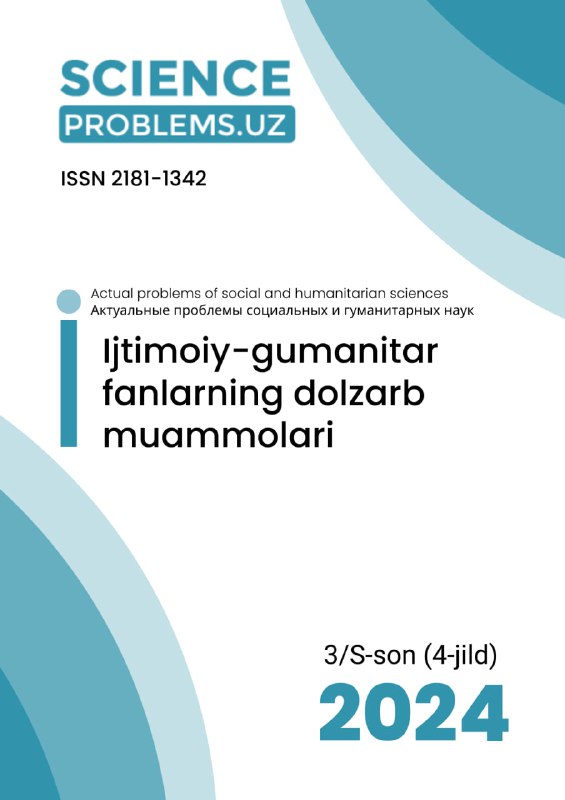DEVELOPMENT OF PEDAGOGICAL COMPETENCE OF TEACHERS OF TECHNICAL UNIVERSITIES IN THE PROCESS OF LEARNING AND TEACHING ENGLISH FOR SPECIAL PURPOSES
Kalit so'zlar
https://doi.org/10.47390/SPR1342V4SI3Y2024N60Kalit so'zlar
competence, foreign language teacher, English for Special Purposes, training, experience.Annotasiya
In the age of modern science and technology, the demand for the specialty "English language teacher" is increasing in society. The new status of the English language teacher set the task of significantly changing the professional training of professors, updating the content and technology of linguistic education, and improving the quality of higher education. In order to effectively carry out his professional activity, an English teacher must not only have a good command of a foreign language, but also have basic professional competence in a certain area of English for specific purposes. The article reveals the problems of developing the pedagogical competencies of teachers of technical higher education institutions in the process of learning and teaching English for special purposes.
Manbalar
Knapp, Karlfried, Barbara Seidhofer, and Henry Widdowson. Foreign Language Communication and Learning. 2009. Web. 06 May. 2012.
Susanto R., Rozali Y. A., Agustina N. Pedagogic competence development model: pedagogic knowledge and reflective ability //International Conference on Progressive Education (ICOPE 2019). – Atlantis Press, 2020. – С. 19-23.
Violeta P., Aneta B. The need of strengthening the pedagogical competences in teaching from the english teachers’ perspective //International Journal of Cognitive Research in Science, Engineering and Education. – 2015. – Т. 3. – №. 1. – С. 43-50.
Belcher D. D. 8. Trends in teaching English for specific purposes //Annual review of applied linguistics. – 2004. – Т. 24. – С. 165-186.
Paltridge B., Starfield S. (ed.). The handbook of English for specific purposes. – Boston : Wiley-blackwell, 2013. – Т. 592.
Ruslanovna D. Z. Teaching English for specific purposes (ESP) //International scientific review. – 2017. – №. 2 (33). – С. 91-92.








